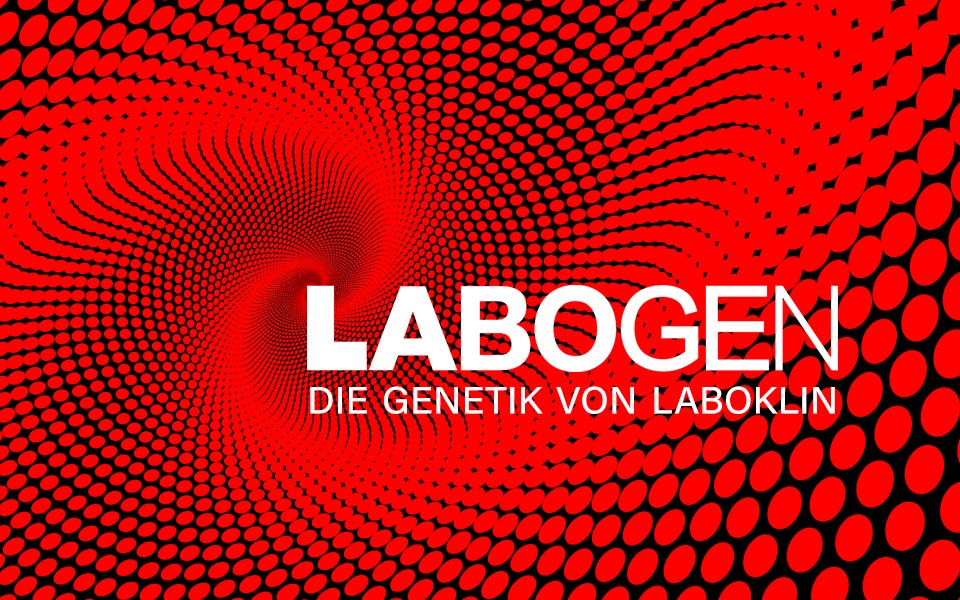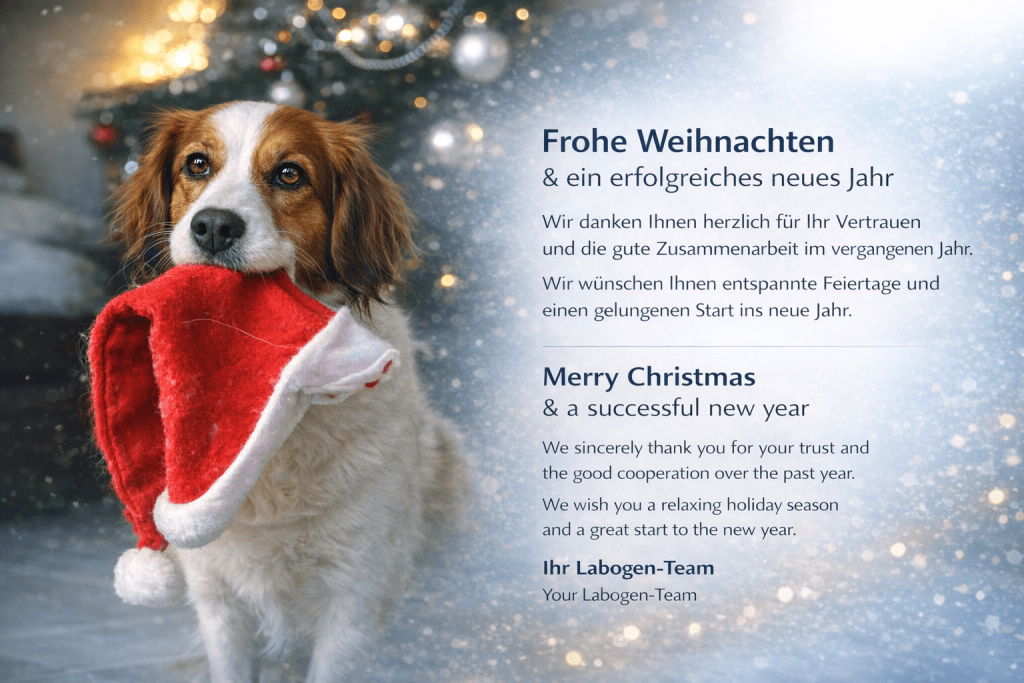DNA profile – DOG
- Home
- DNA Profiling
- DNA profile – DOG
ISAG 2020
Standard
ISAG 2006
230 SNPs
Marker
22 STRs
14 – 21 business days
Test duration
7 – 14 business days
EDTA blood or special swab (eNAT)
Sample material
EDTA blood or special swab (eNAT) or dry cheek swab
Premium (SNP)
| Standard | ISAG 2020 |
| Marker | 230 SNPs |
| Sample material | EDTA blood or special smear (eNAT) |
| Test duration | 14-21 working days |
Classic (STR)
| Standard | ISAG 2006 |
| Marker | 22 STRs |
| Sample material | EDTA blood or special swab (eNAT) or dry cheek swab |
| Test duration | 7-14 working days |
FAQs DNA profile DOG
A DNA profile is the genetic fingerprint of an animal. The DNA profile is unique for each animal, independent of age and unchangeable. This profile can be used to identify an animal independently of the chip.
A DNA profile is often required by breeding associations for the registration of animals. It is also the basis for parentage checks. The DNA profile is also used for the breed determination test. If the chip is lost or can no longer be read, this profile can be used to identify your pet beyond doubt.
We require either 0.5 to 1.0 ml of EDTA blood or two dry cheek swabs from the cheek mucosa of the animal (Classic DNA profile) or a special swab (Premium DNA profile).
In principle, a swab test can be carried out by the pet owner himself. However, many breeding organisations insist that the sample is taken by an independent person (vet or breed warden) who verifies the identity of the animal beyond doubt with the chip number or stud book number.
Your dog should be separated from other animals for one to two hours before a swab is taken and should not eat during this time. Otherwise, foreign genetic material could be present in the oral cavity of the animal being tested as a result of suckling by the mother or playing with other dogs. Such a contaminated sample could falsify the result. You can find instructions for the collection here.
You can find instructions for the collection here.
A digital certificate for the DNA profile is always created automatically free of charge if the sample has been taken by an independent person (vet or breed warden) and the identity of the animal has been confirmed by signature, stating the chip number or studbook number. Postal certificates can be ordered, but are subject to a fee.
The Classic DNA profile determines the lengths of defined microsatellite markers established by the International Society for Animal Genetics (ISAG 2006). For the premium DNA profile, 230 SNPs (Short Nucleotide Polymorphisms) are determined, which were also defined by the ISAG (ISAG 2020). The combination of values on the individual markers is unique for an animal and was passed on from mother and father to the offspring. The DNA profile does not provide any further information on hereditary diseases, coat colors or characteristics of the animal.
In both forms of DNA profiling, a genetic fingerprint is created. The Classic DNA profile (ISAG 2006) is based on identification using microsatellite markers, while the Premium DNA profile (ISAG 2020) is based on identification using short nucleotide polymorphisms (SNPs).
Please note that Classic and Premium DNA profiles are not comparable with each other. For parentage analyses, the offspring and parents must all have the same DNA profiles, either Classic or Premium DNA profiles.
Please contact your breeding club if you are unsure which DNA profile you need. Typically, a club will have opted for a DNA profile according to the ISAG 2006 (Classic DNA profile) or ISAG 2020 (Premium DNA profile) standards.
For a parentage analysis we need DNA profiles of the same type (Classic or Premium DNA profile) from mother, father and offspring. If a DNA profile of the parent animals is already available, a copy of this can be submitted. If you yourself were the invoice recipient of the DNA profile of the parent animals, it is sufficient to state the LABOKLIN report number.
Yes, customers can submit DNA profiles (also from other laboratories) for parentage tests together with their samples as copies or files by e-mail.
Please ensure that the DNA profiles of offspring and parents all comply with either ISAG 2006 or ISAG 2020 standards to ensure comparability within a case.
If only one parent is available and a reliable result is desired, we recommend the Premium DNA profile together with a biostatistical calculation for the parentage analysis.
A comparison with only one parent animal using the Classic DNA profile can also be carried out, but does not always provide an unequivocal result.
If we find deviations in the DNA profile of the parent animal to the offspring, paternity or maternity can be ruled out. This result is certain.
If we find no deviations, paternity or maternity cannot be ruled out. This means that the animal is a possible father or mother, but it could also be an animal whose DNA profile does by chance not differ from the DNA profile of the puppy. We see such cases when the animals are related to each other or when they are from a breed with a small population.
As dogs can have different fathers in a litter after multiple mating, it is essential to check each puppy against each potential father for parentage verification. This is the only way to ensure that each puppy is assigned the correct sire. The result of one puppy cannot automatically be transferred to all puppies in a litter.
If both parents are present, the exclusion or qualification of parent animals can be correctly determined with a probability of over 99.9% with both the Classic and the Premium DNA profile. If only one parent is present, the exclusion of the animal can be reliably determined with both the Classic and the Premium DNA profile. The statement as to whether an animal is the mother or father of the tested offspring can only be confirmed with a high degree of probability using the Premium DNA profile together with a biostatistical analysis.




